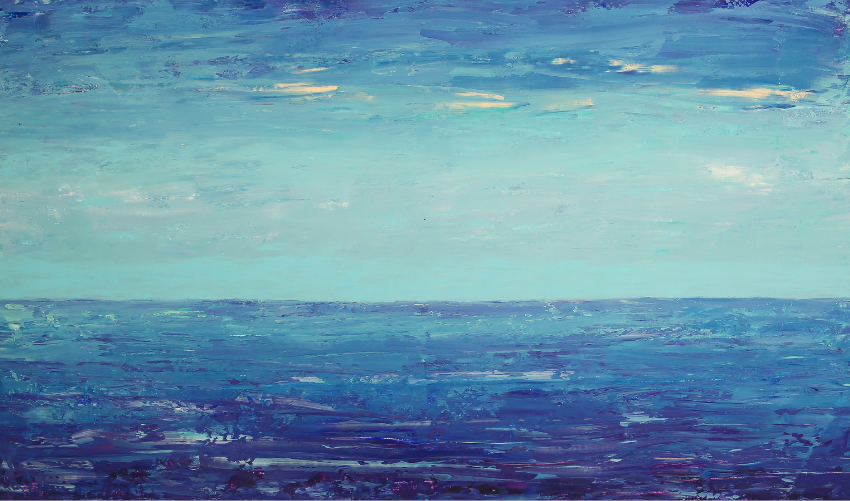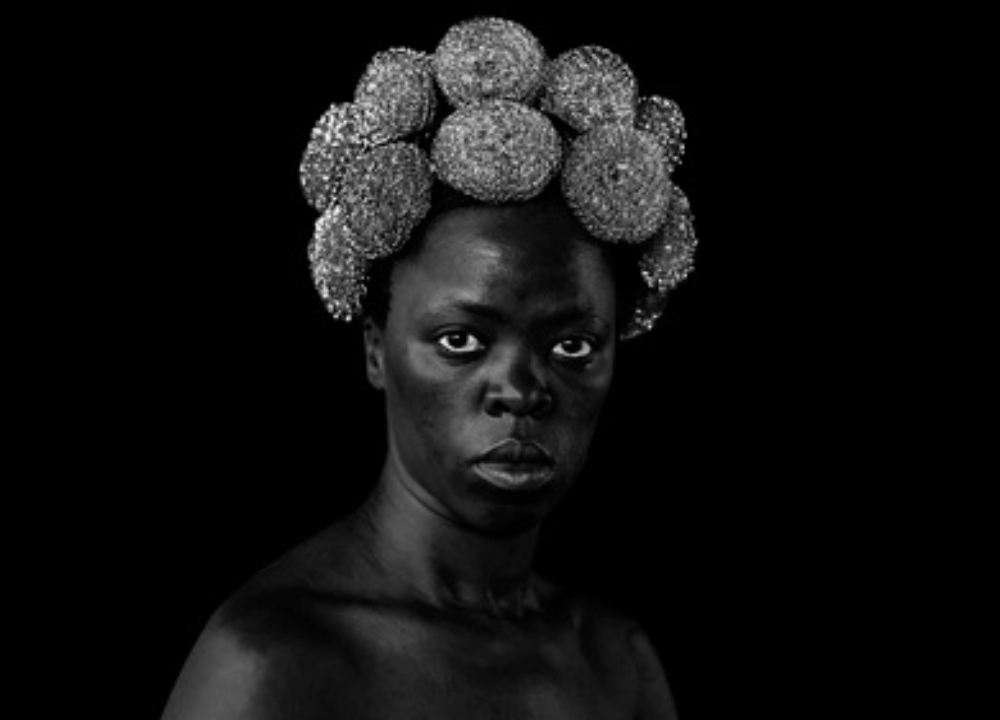This vibrant, rich blue isn’t just beautiful—it has qualities that make your artwork stand out in ways other blues can’t. You’ll discover what makes Phthalocyanine Blue a favorite among painters, how it behaves on different surfaces, and why it could be the perfect addition to your palette.
Origins Of Phthalocyanine Blue
Phthalocyanine Blue stands out as one of the most loved pigments among artists worldwide. Its vibrant, deep blue color and exceptional durability make it a staple in many art studios. To fully appreciate why artists treasure this pigment, understanding its origins is essential.
Discovery And Chemical Structure
Phthalocyanine Blue was first discovered in 1907 by a group of German chemists. They were experimenting with copper compounds when they accidentally created this bright blue pigment. Its chemical name is Copper Phthalocyanine, often abbreviated as CuPc.
The core of Phthalocyanine Blue is a large, flat molecule shaped like a square with a copper atom at its center. This molecule belongs to a class called macrocyclic compounds. The arrangement of atoms allows the pigment to absorb and reflect light in a way that produces its intense blue color.
- Highly stable to light and heat
- Resistant to chemicals and solvents
- Deep blue color with a slight greenish tint
- Non-toxic and safe for artists
The discovery of Phthalocyanine Blue transformed pigment chemistry. It offered a synthetic alternative to natural blues like ultramarine and cobalt blue. This synthetic origin made it more affordable and consistent in quality, which artists greatly appreciated.
Evolution In Art Materials
After its discovery, Phthalocyanine Blue quickly found its way into various art materials. Its unique properties made it ideal for paints, inks, plastics, and even textiles. Artists soon noticed how this pigment enhanced their work in multiple ways.
Originally, Phthalocyanine Blue was used mostly in industrial paints. Over time, manufacturers adapted it for fine art products. It became popular in oil paints, acrylics, and watercolors.
- Oil paints: Improved color intensity and durability
- Acrylic paints: Fast drying time and excellent coverage
- Watercolors: Transparency and brightness
Its resistance to fading and chemical breakdown made it a favorite in outdoor murals and commercial art. Artists found that the pigment mixed well with other colors, allowing for rich and vivid blues and greens.
| Art Material | Benefits of Phthalocyanine Blue |
|---|---|
| Oil Paint | Strong color, durable, blends well |
| Acrylic Paint | Quick drying, vibrant, versatile |
| Watercolor | Bright, transparent, consistent |
| Ink | Sharp color, fade-resistant, smooth flow |
Phthalocyanine Blue’s evolution in art materials marks a shift toward more reliable and vivid pigments. Its synthetic origin ensures artists get the same quality every time. This consistency helps artists create lasting works of art that keep their brilliance for years.

Unique Color Qualities
Phthalocyanine Blue stands out because of its unique color qualities. This pigment offers artists a rich, vibrant blue that is hard to match. Its ability to maintain brightness and depth makes it a favorite in many art forms.
Vibrancy And Hue Range
Phthalocyanine Blue is famous for its intense vibrancy. It produces a bright, clean blue that can appear almost electric on a canvas. The pigment’s color is not flat; it shows a range of hues depending on the medium and technique used.
- Bright and intense: The blue is vivid and eye-catching.
- Wide hue range: It can shift from greenish-blue to a deep royal blue.
- Mixing versatility: Works well with other colors without dulling.
The pigment’s ability to show different shades allows artists to create depth and mood. In this table, see how Phthalocyanine Blue compares with other common blue pigments:
| Pigment | Hue | Vibrancy | Mixing Behavior |
|---|---|---|---|
| Phthalocyanine Blue | Bright greenish to deep blue | Very high | Retains brightness |
| Cobalt Blue | Soft, muted blue | Medium | Tends to dull mixes |
| Ultramarine Blue | Rich violet-blue | High | Can overpower other colors |
Artists appreciate the clear, strong color of Phthalocyanine Blue. It enhances their work with boldness and clarity. This pigment allows for layering and glazing techniques to produce vibrant effects.
Lightfastness And Durability
Phthalocyanine Blue is highly resistant to fading. Its lightfastness is one of the best among blue pigments. This quality means artworks stay true to their original colors for many years.
- Excellent lightfastness: Resists color change under sunlight.
- Chemical stability: Does not react easily with other substances.
- Durability in various media: Works well in oil, acrylic, and watercolor.
Below is a summary of Phthalocyanine Blue’s durability features:
| Feature | Description |
|---|---|
| Lightfastness Rating | Highest (ASTM I) |
| Resistance to Chemicals | Very high |
| Suitability for Media | Oil, acrylic, watercolor |
| Longevity in Artworks | Decades without fading |
Artists trust this pigment because it keeps their work vibrant over time. It withstands exposure to light and air better than many other blues. This durability reduces the need for frequent restoration or touch-ups.
Versatility In Artistic Techniques
Phthalocyanine Blue stands out for its versatility in artistic techniques. Artists value this pigment for its ability to adapt across different painting styles. Its rich, vibrant hue adds depth and clarity to artworks. The pigment’s stability and transparency make it ideal for various media. From thick oil layers to delicate watercolor washes, it performs consistently.
Use In Oil Painting
Phthalocyanine Blue is a favorite in oil painting for several reasons. Its strong tinting power means a little goes a long way. This helps artists create deep shadows and vivid skies with ease. The pigment mixes well with other colors, allowing smooth gradients and rich tones. Its high permanence ensures colors remain bright even after years.
- Easy blending: Phthalocyanine Blue blends smoothly with whites and yellows.
- Rich hues: It produces intense blues perfect for landscapes and portraits.
- Durability: The pigment resists fading and cracking over time.
Below is a quick comparison of Phthalocyanine Blue’s properties in oil painting:
| Property | Effect in Oil Paint |
|---|---|
| Tinting Strength | Very High |
| Transparency | Moderate |
| Lightfastness | Excellent |
Artists often use this pigment for atmospheric effects like skies and water. It also works well for fine details due to its sharp, clear color. Oil painters appreciate its balance of opacity and luminosity.
Applications In Watercolors And Acrylics
Phthalocyanine Blue suits watercolors and acrylics perfectly. It offers vivid colorwith excellent control. In watercolors, it provides transparent washes that build up layers without muddiness. Acrylic artists enjoy its fast drying time and color stability. This pigment behaves differently depending on the medium but stays reliable and bright.
- Watercolors: Creates luminous, clear washes. Easy to layer for depth.
- Acrylics: Dries quickly with a strong, opaque finish.
Benefits of using Phthalocyanine Blue in these mediums include:
- Strong color intensity with minimal pigment needed
- Good mixing ability with other colors
- Resistance to fading under sunlight
Check the table below for a side-by-side look at watercolor and acrylic traits:
| Feature | Watercolor | Acrylic |
|---|---|---|
| Transparency | High | Medium to High |
| Drying Time | Slow | Fast |
| Finish | Matte and luminous | Glossy or matte |
Artists use Phthalocyanine Blue to capture water reflections, skies, and abstract forms in these mediums. Its adaptability helps create both soft gradients and bold strokes.
Environmental And Health Aspects
Phthalocyanine Blue is a popular choice among artists not only for its vibrant color but also for its safety and eco-friendly qualities. Understanding the environmental and health aspects of this pigment helps explain why it remains a favorite.
Non-toxic Properties
Phthalocyanine Blue is known for its low toxicity. Many traditional pigments contain heavy metals like cadmium or lead, which can be harmful. This pigment avoids these dangers, making it safer for artists to use in studios and homes.
Key benefits of Phthalocyanine Blue’s non-toxic nature include:
- Safe handling without special protective gear
- Reduced risk of skin irritation or respiratory problems
- Safe for use in children’s art supplies
Here is a comparison of common blue pigments and their toxicity:
| Pigment | Toxicity Level | Health Risks |
|---|---|---|
| Phthalocyanine Blue | Low | Minimal |
| Cobalt Blue | Moderate | Skin and lung irritation |
| Ultramarine Blue | Low | Rare irritation |
| Cadmium Blue | High | Long-term toxicity risk |
Overall, Phthalocyanine Blue allows artists to create beautiful works without worrying about harmful effects.
Sustainability In Production
The production of Phthalocyanine Blue focuses on environmental responsibility. It uses fewer toxic chemicals and generates less waste compared to other pigments. This makes it a more sustainable option for artists and manufacturers alike.
Some important facts about its sustainable production:
- Uses abundant raw materials with low environmental impact
- Manufacturing processes designed to reduce emissions
- High pigment yield means less resource use per amount produced
Here is a summary of environmental factors in Phthalocyanine Blue production:
| Factor | Phthalocyanine Blue | Traditional Pigments |
|---|---|---|
| Raw Material Source | Abundant & Non-toxic | Sometimes toxic metals |
| Energy Use | Moderate | High |
| Waste Produced | Low | High |
| Recyclability | Good | Poor |
Artists who choose Phthalocyanine Blue support a cleaner environment and safer art practices.
Famous Works Featuring Phthalocyanine Blue
Phthalocyanine Blue is one of the most popular pigments in the art world. Its vibrant, intense blue color attracts artists across many styles and eras. This pigment stands out for its durability, brightness, and versatility. Many famous artworks show the unique charm of Phthalocyanine Blue.
Historical Masterpieces
Phthalocyanine Blue appeared in artworks mainly after the early 20th century. Before that, artists used natural blues like ultramarine and cobalt. This pigment quickly gained popularity due to its strong color and resistance to fading.
Some historical artists used Phthalocyanine Blue to bring life to their paintings. The pigment helped them create bright skies, deep oceans, and rich shadows.
- Georgia O’Keeffe: Known for her bold flowers, O’Keeffe used Phthalocyanine Blue to add vivid contrast in petals and backgrounds.
- David Hockney: His landscapes often feature this blue for clear skies and water reflections.
- Mark Rothko: Used the pigment in his color field paintings to create deep emotional effects.
Below is a table showing the advantages of Phthalocyanine Blue compared to older blue pigments:
Modern Art Examples
Phthalocyanine Blue remains a favorite in modern art. Its strong color fits well with new styles and bold ideas. Many contemporary artists use this pigment to create eye-catching artworks.
- Yayoi Kusama: Uses this blue in her large installations and paintings to create vibrant contrasts.
- Gerhard Richter: Combines Phthalocyanine Blue with abstract shapes for dynamic effects.
- Kara Walker: Employs this blue to emphasize shadows and silhouettes in her narrative works.
Artists use Phthalocyanine Blue to build layers, create texture, and highlight details. Its brightness makes paintings stand out even from a distance. The pigment also mixes well with other colors, giving artists more options.




